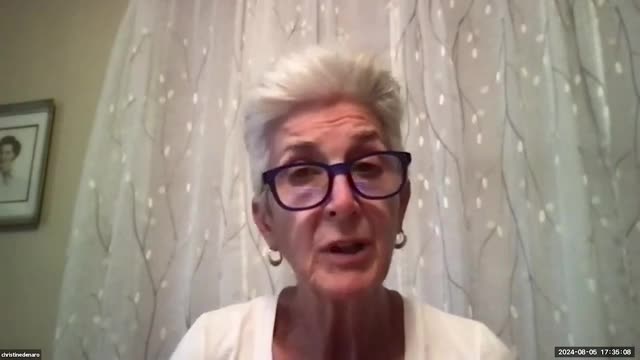Dredging plan sparks debate over water quality and costs
August 23, 2024 | Town of Concord, Middlesex County, Massachusetts
This article was created by AI summarizing key points discussed. AI makes mistakes, so for full details and context, please refer to the video of the full meeting. Please report any errors so we can fix them. Report an error »

During a recent government meeting, officials discussed the complexities and considerations surrounding a proposed dredging project aimed at improving a local pond's ecological health. The conversation highlighted the need to determine the volume of sediment to be removed, the associated costs, and the appropriate disposal methods.
Key points of discussion included the decision to utilize hydraulic dredging, as dry dredging was deemed impractical due to the pond's conditions. Participants acknowledged the importance of understanding the costs involved but agreed to prioritize developing a proposal before finalizing budgetary constraints.
The primary objectives of the dredging were outlined as enhancing the pond's depth to support plant growth and addressing water quality issues linked to nutrient overload from sediment. Officials noted that while the removal of phosphorus-laden sediment could be a secondary benefit, it should not be the primary goal of the dredging initiative. Instead, the focus would be on mitigating excessive aquatic weed growth and improving overall water quality.
Concerns were raised regarding the potential archaeological implications of dredging in an area that may have historical significance. Participants emphasized the need for caution and thorough assessment before proceeding.
The meeting also touched on the importance of managing invasive species along the pond's edges, suggesting that dredging alone may not suffice to address these challenges. Alternative methods for invasive plant control were proposed, indicating a multifaceted approach to the pond's ecological management.
As the discussion progressed, officials reviewed the original dredging plan and its implications for public access to the pond, highlighting the need for recreational improvements alongside ecological restoration efforts. The meeting concluded with a commitment to further refine the dredging proposal and engage with the community during the upcoming public comment session.
Key points of discussion included the decision to utilize hydraulic dredging, as dry dredging was deemed impractical due to the pond's conditions. Participants acknowledged the importance of understanding the costs involved but agreed to prioritize developing a proposal before finalizing budgetary constraints.
The primary objectives of the dredging were outlined as enhancing the pond's depth to support plant growth and addressing water quality issues linked to nutrient overload from sediment. Officials noted that while the removal of phosphorus-laden sediment could be a secondary benefit, it should not be the primary goal of the dredging initiative. Instead, the focus would be on mitigating excessive aquatic weed growth and improving overall water quality.
Concerns were raised regarding the potential archaeological implications of dredging in an area that may have historical significance. Participants emphasized the need for caution and thorough assessment before proceeding.
The meeting also touched on the importance of managing invasive species along the pond's edges, suggesting that dredging alone may not suffice to address these challenges. Alternative methods for invasive plant control were proposed, indicating a multifaceted approach to the pond's ecological management.
As the discussion progressed, officials reviewed the original dredging plan and its implications for public access to the pond, highlighting the need for recreational improvements alongside ecological restoration efforts. The meeting concluded with a commitment to further refine the dredging proposal and engage with the community during the upcoming public comment session.
View full meeting
This article is based on a recent meeting—watch the full video and explore the complete transcript for deeper insights into the discussion.
View full meeting
